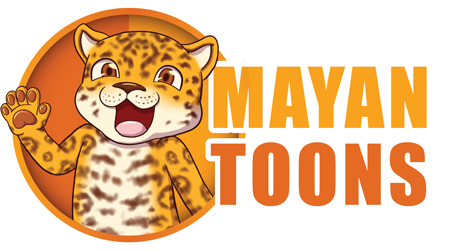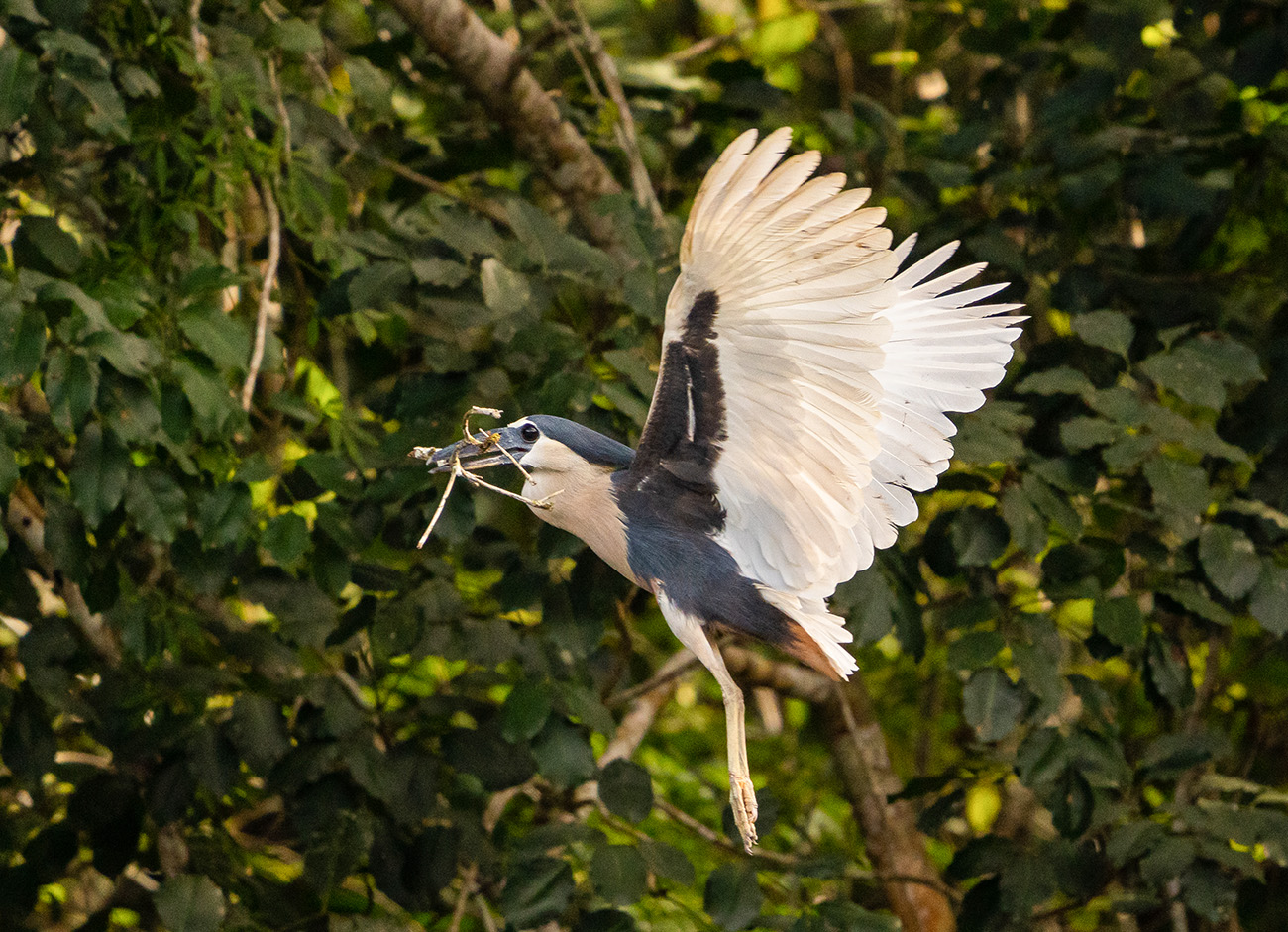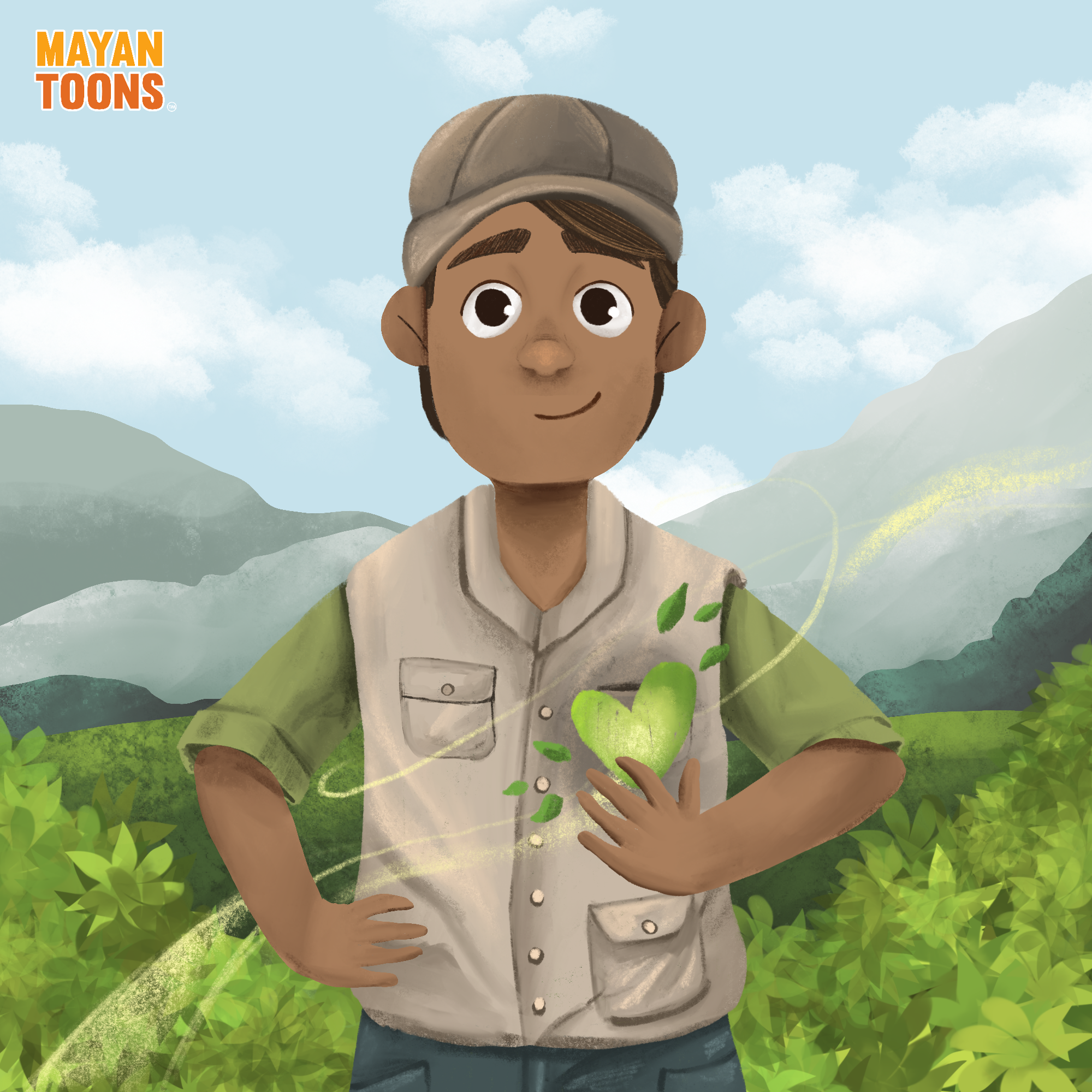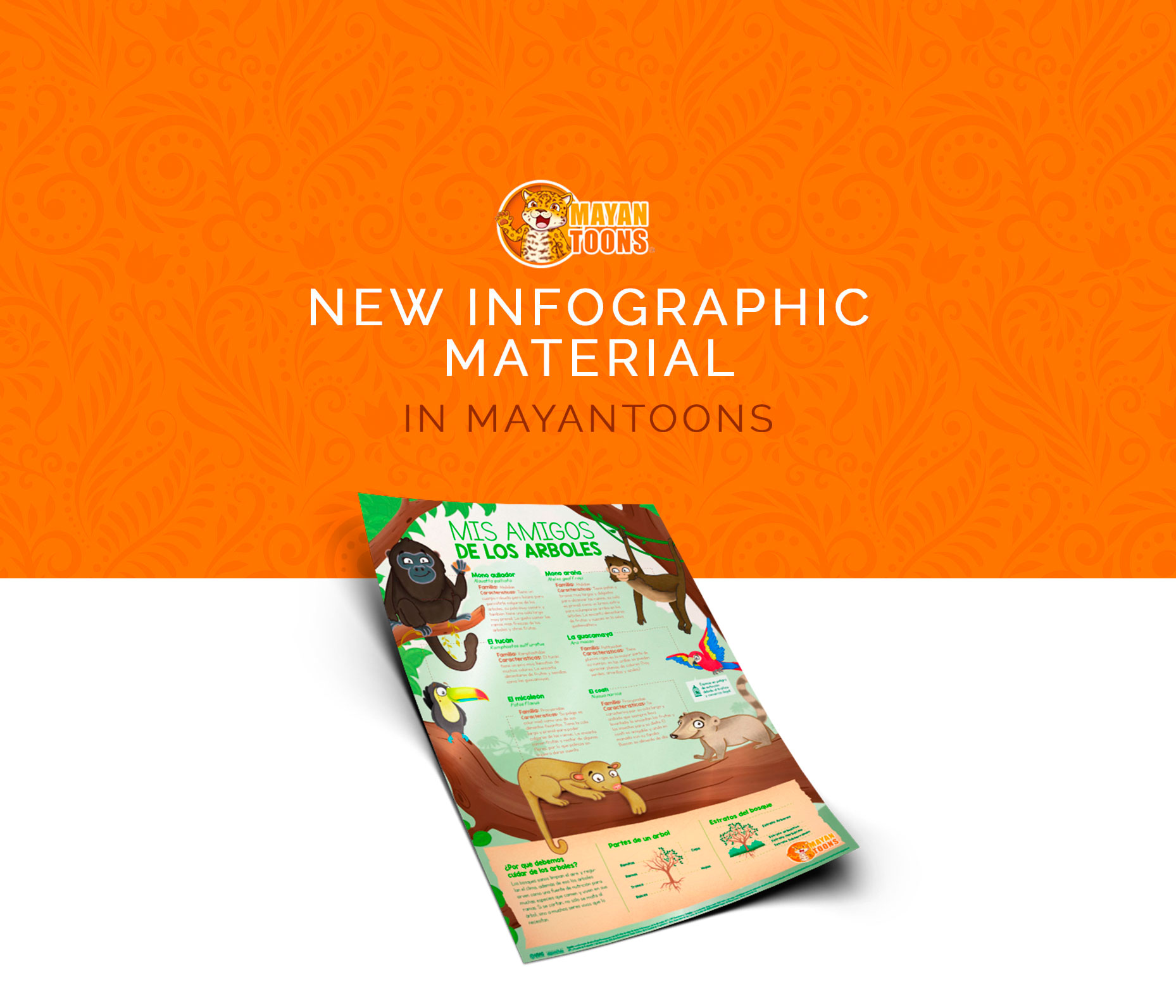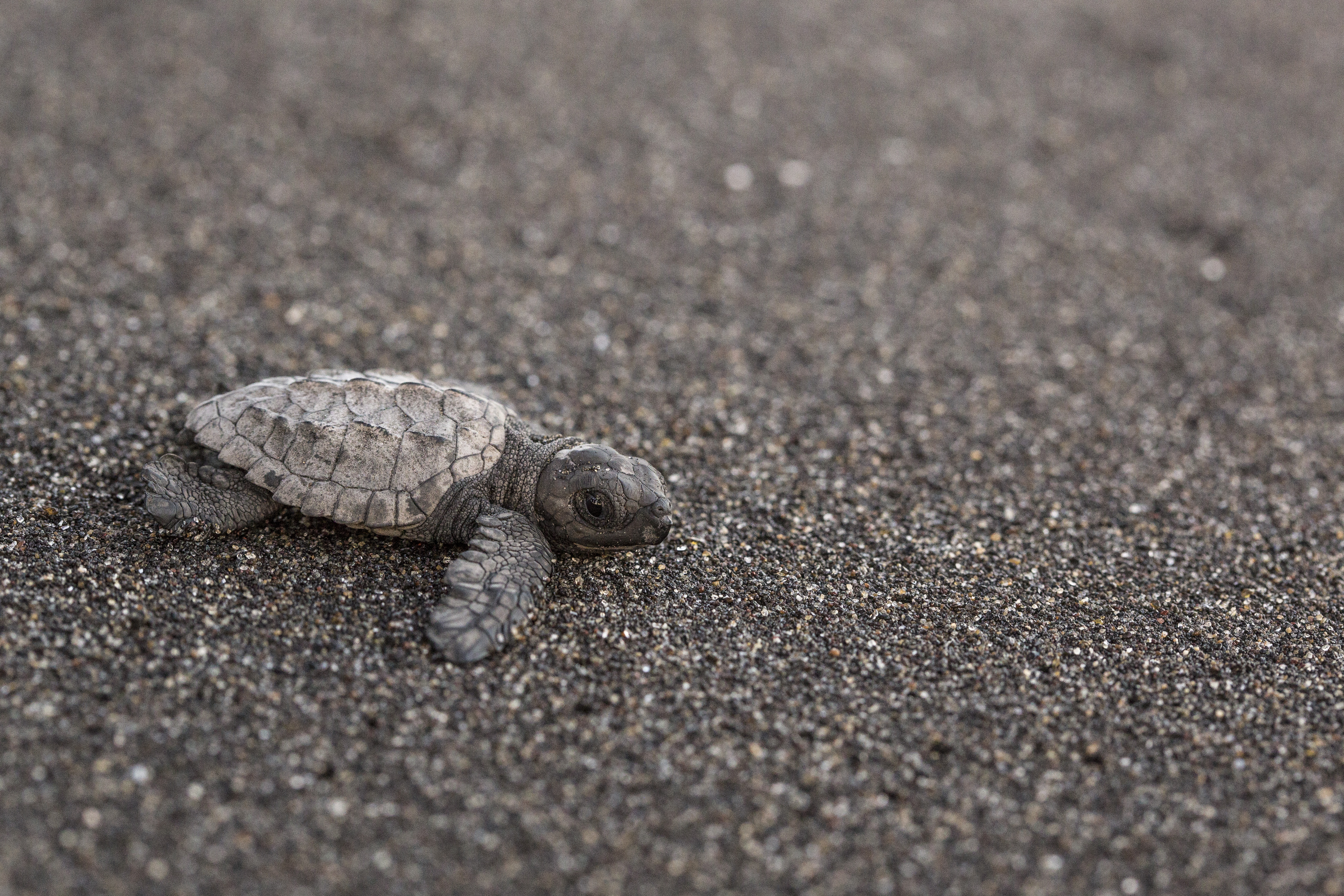The Scarlet macaw was a logo for the Maya 1400 years ago
Along with the toucan, the scarlet macaw is a worldwide favorite as a logo animal. Indeed the kings of Copan had the macaw as a logo animal for themselves over 1400 years ago.Our initial storyboard is about the mammals of the treetops, but we are fully aware of the natural beauty of macaws as well.
My experience witnessing macaws
During the 1970’s into 1990’s, FLAAR organized educational rafting and canoe field trips down the Rio de la Pasion connecting through the Rio Usumacinta (all the way to Tenosique, Tabasco, Mexico). Every year we saw the majestic flocks of squawking macaws flying overhead.
But year by year there were fewer macaws. Local people with guns used them for target practice. Kids with slingshots used macaws (and parrots and alligators) for target practice. Plus their natural habitat was being destroyed.
Today African palm oil tree plantations, oil pumping, cattle ranches, and other commercial over-use of the once forested land obliterates the natural eco-systems for wild macaws.
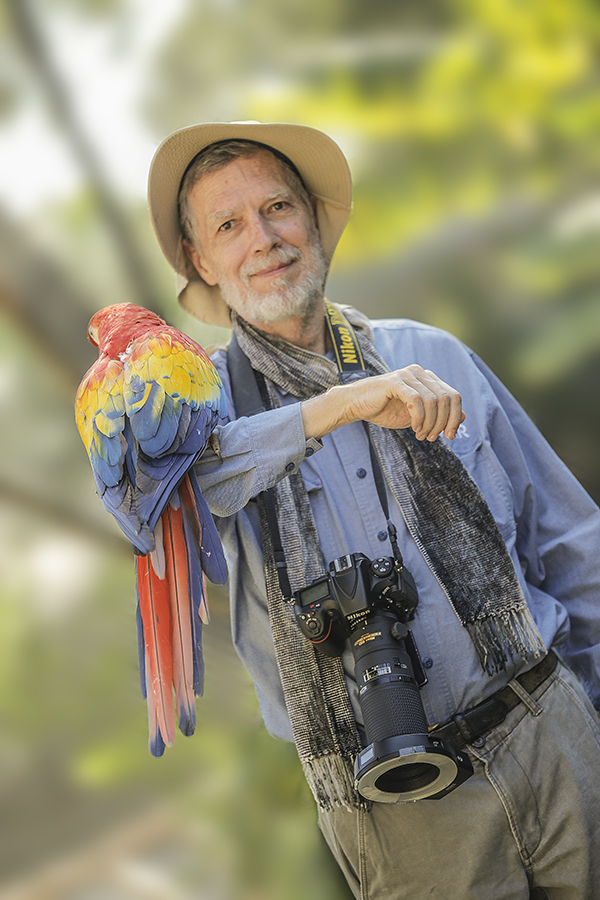
Here is Dr. Nicholas with the Scarlet Macaw He is studying and photographing this stunning creatures.
My first experience in-person with macaws
While visiting Copan Ruinas (Honduras) in the 1990’s, you could find macaws at the entrance area. The macaw was a logo of the Mayan kings and high priests of Copan over a thousand years ago, so the park keep macaws. I estimate that some of these macaws did have their wings clipped so they could not fly very far (the worry was that if they flew outside the park they would be shot or captured for pet trade).
I have photos from 20 years ago of macaws on my portable desk while I am doing high-resolution panoramic and QTVR digital imagery of the Mayan ruins of Copan (we donate our photographs at no cost to the Honduras government archaeology institute and they are also available to the Honduras tourist institute).
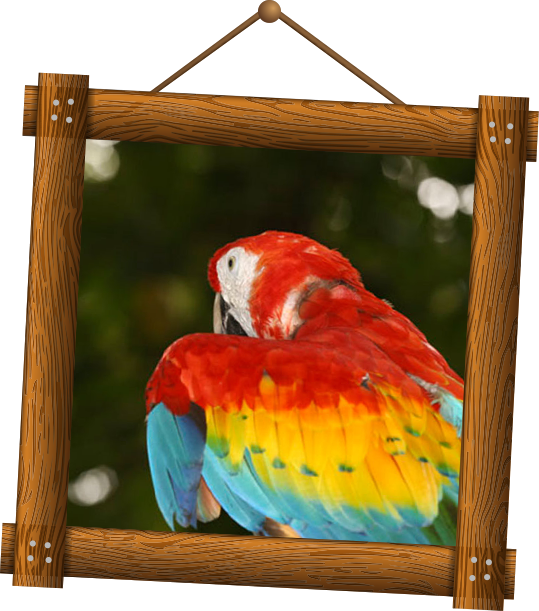
Recent interaction with macaws at Copan
Because the macaw was a symbol of the dynasties or deities of Copan, in addition to the scarlet macaws at the ruins, there is now a Macaw Mountain Bird Park & Reserve about 10 minute drive from the ruins. We show photos of their macaws on our web pages.
Now the scarlet macaws at Copan Ruinas are more abundant
Thirty years ago there were several macaws, now there are dozens.
Thirty years ago they stayed mostly around the entrance area (probably because their wings were clipped). Now they fly all over the ruins (their wings are not clipped). Here are some sample photographs.
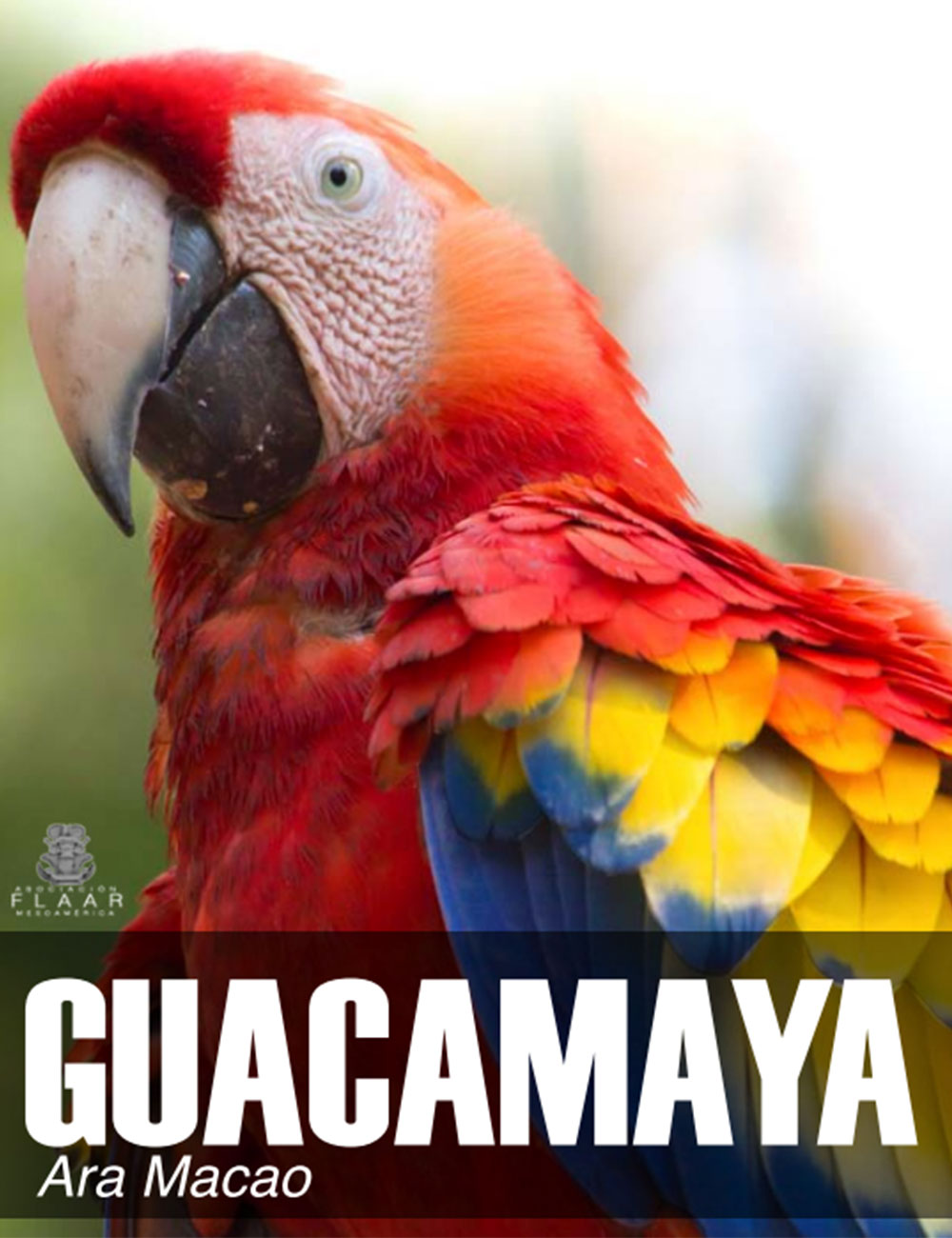
Las Guacamayas Biological Station is a key place for doing research on macaws
Nini Berger has built the Las Guacamayas Biological Station into a world-class zoology and botanical research facility. What is nice is that you don’t have to suffer living in tents or in uncomfortable local hotel rooms.
I survived 12 months living in the archaeology facilities at Tikal in 1965-1966, and several weeks in 1967. I have been guest at the archaeology facilities at Calakmul, Campeche. And I lived in a tree house at Yaxha for one entire season plus down by the lake for four more seasons. Plus I have camped in the Mayan rain forests while leading tour groups to El Mirador, Yaxchilan and Piedras Negras.
But since I am a workaholic, I must admit it is helpful to have a chair and table so I can use my laptop. And it does help to have good healthy meals so I can continue to hike the forests and climb the hills of the rough El Peten area. I would rate Las Guacamayas as the most confortable research station facility that I have yet experienced. I tend to visit here an average of one week a year. And for 2015 onwards, I look forward to longer stays here.
I have a lot to learn about macaws
All my interaction so far is with mature macaws. I need experience with baby macaws, and macaws learning how to fly for the first time.
If macaws really do prefer to live together for life
Most people say that macaws “mate for life.” If this is true, they make a good model for people, since most societies and most religions espouse marriage for life.
Thus to kill a parent to capture the young is an especially cruel and unethical thing to do.
Potential for studying macaws at Las Guacamayas
I look forward to learning more about macaws. Both physically and behavior-wise. Copan Ruinas is currently the best known area to study scarlet macaws since there are two locations and plenty of macaws at each (especially at the Copan archaeological park). The other advantage is that you can photograph the macaws flying and in tree limbs at Copan. There is a lot of open space between the trees, which makes it easier to photograph them flying. Plus they are fed in one area, so you know where they will be flying to.
So far I have not yet learned if macaws are being bred successfully at either of these locations in Honduras. But macaws do breed near Las Guacamayas research station in El Peten, Guatemala.
Macaws deserve more support and one way to raise interest is to publish more FLAAR Reports on these photogenic birds. Plus we would sure like to finish a coffee table book on scarlet macaws. There are lots of books on birds and animals of Mexico, usually as coffee table style photo albums sponsored by corporations. This kind of book is used by a corporation to give to clients and to help in PR campaigns.
We could easily finish our studies and produce a photographic masterpiece of a book within one year if realistic funding were available. We do not need money to print a book; the funding is to get our team back into the forests to finish our studies. Plus we need a 500mm Canon prime telephoto lens and a 600mm Nikon prime telephoto lens and funding to cover the cost of preparing the layout and graphic design of the book. Here at FLAAR we have plenty of experienced graphic designers.
What we need the most is a 4WD double-cabin pickup truck with camper back to protect our equipment. We have tested various brands and know which brands are best (Mazda is very tough and less expensive than Toyota; Ford F250 is most comfortable and with 8’ bed can carry the most equipment). A used vehicle is iffy since there are no tow trucks and no repair facilities in the remote areas that we go to.
Your donation will allow us to obtain the 4WD vehicle, plus the 500mm and 600mm telephone lenses we need for our Nikon D810 and Canon EOS cameras. Email FrontDesk “at” FLAAR.org.
